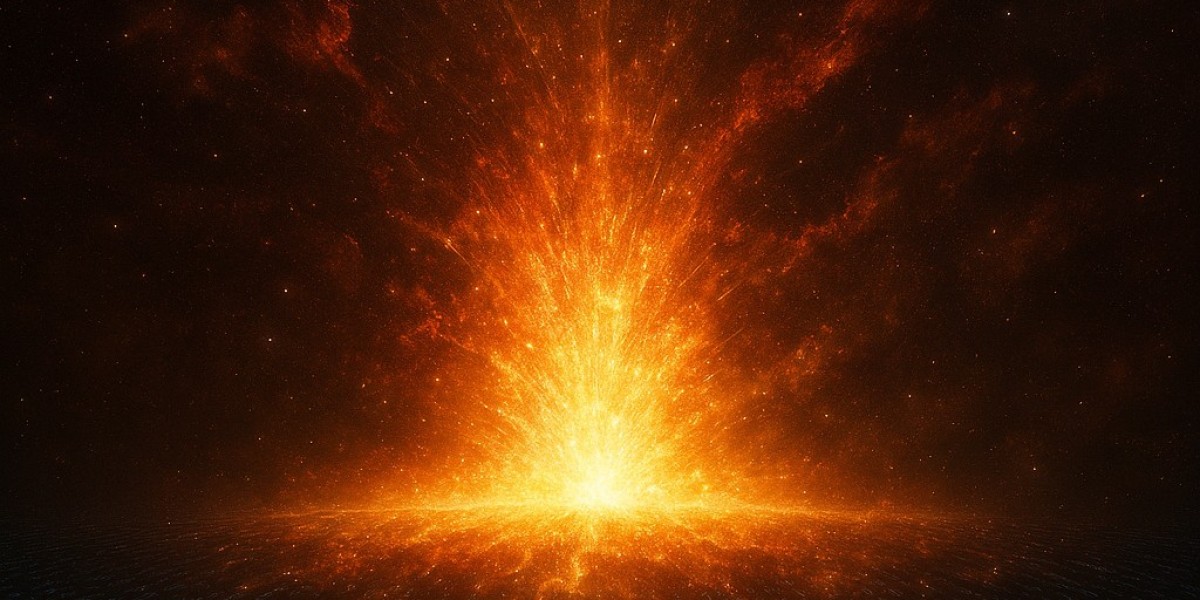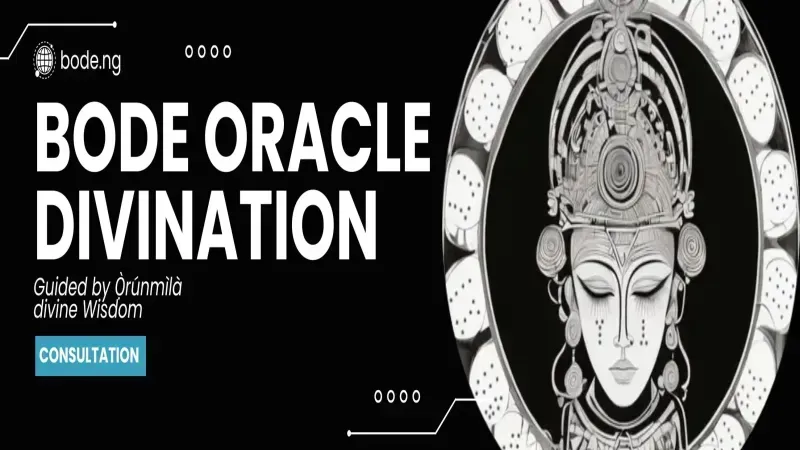This essay challenges conventional physics by proposing that information is the fundamental precursor to physical reality.
Drawing from quantum mechanics, the holographic principle, and Wheeler’s “It from Bit” hypothesis, it argues that without an underlying informational structure, the Big Bang could not have occurred.
This perspective opens new avenues for understanding the origins of existence and the nature of reality itself.
Abstract
The Big Bang Theory remains the dominant scientific model explaining the origin of the universe. However, this framework does not address a fundamental question: what determined the conditions that allowed the Big Bang to occur?
This paper introduces a new perspective—that before any expansion of space-time, there must have been an underlying informational structure that governed the emergence of the universe.
Drawing from information theory, quantum mechanics, and cosmology, this work argues that information is the fundamental precursor to physical reality, making it a necessary prerequisite for the Big Bang itself.
Introduction
The Big Bang Theory describes how the universe evolved from an initial singularity, but it does not explain what preceded or governed its emergence. Traditionally, science has treated energy and matter as the fundamental building blocks of the universe.
However, the growing importance of information in quantum mechanics and physics suggests that information may be the most fundamental entity of all.
If information dictates the structure of the universe, then it logically follows that the Big Bang could not have occurred without an informational framework to define its parameters.
The Role of Information in Physics
Modern physics has increasingly recognized information as a key component of reality:
Quantum Information Theory
The principle of quantum entanglement and the no-cloning theorem suggest that information is preserved at a fundamental level. If information cannot be lost, then it must have existed before the universe's formation.
The Holographic Principle
Proposed by Gerard ’t Hooft and Leonard Susskind, this principle suggests that the universe's information content may be encoded on a two-dimensional boundary, indicating that information precedes the manifestation of three-dimensional space-time.
Wheeler’s "It from Bit" Hypothesis: Physicist John Archibald Wheeler suggested that all physical phenomena emerge from fundamental yes-or-no informational processes, reinforcing the idea that information is the true substrate of reality.
Did Information Precede the Big Bang?
If the laws of physics and the structure of the universe were already defined at the moment of the Big Bang, it implies that an informational substrate existed beforehand. Several key arguments support this:
The fine-tuning of fundamental constants (e.g., gravitational constant, speed of light) suggests that specific informational rules were already in place.
The presence of quantum fluctuations before space-time expansion implies that probabilistic information governed early reality.
The concept of "pre-Big Bang cosmology" in string theory hints at a pre-existing informational framework guiding cosmic evolution.
Implications and Future Directions
If information is the true foundation of reality, then physics should focus not only on matter and energy but on the principles that govern informational structures. This perspective could lead to advancements in quantum gravity, artificial intelligence simulations of the cosmos, and even a deeper understanding of consciousness as an emergent informational process.
Conclusion
The Big Bang may explain how the universe expanded, but it does not explain why its specific conditions existed. By proposing that information is the fundamental precursor to physical existence, we open new avenues for understanding the nature of reality.
This perspective challenges conventional physics and invites deeper exploration into the origins of existence itself.



